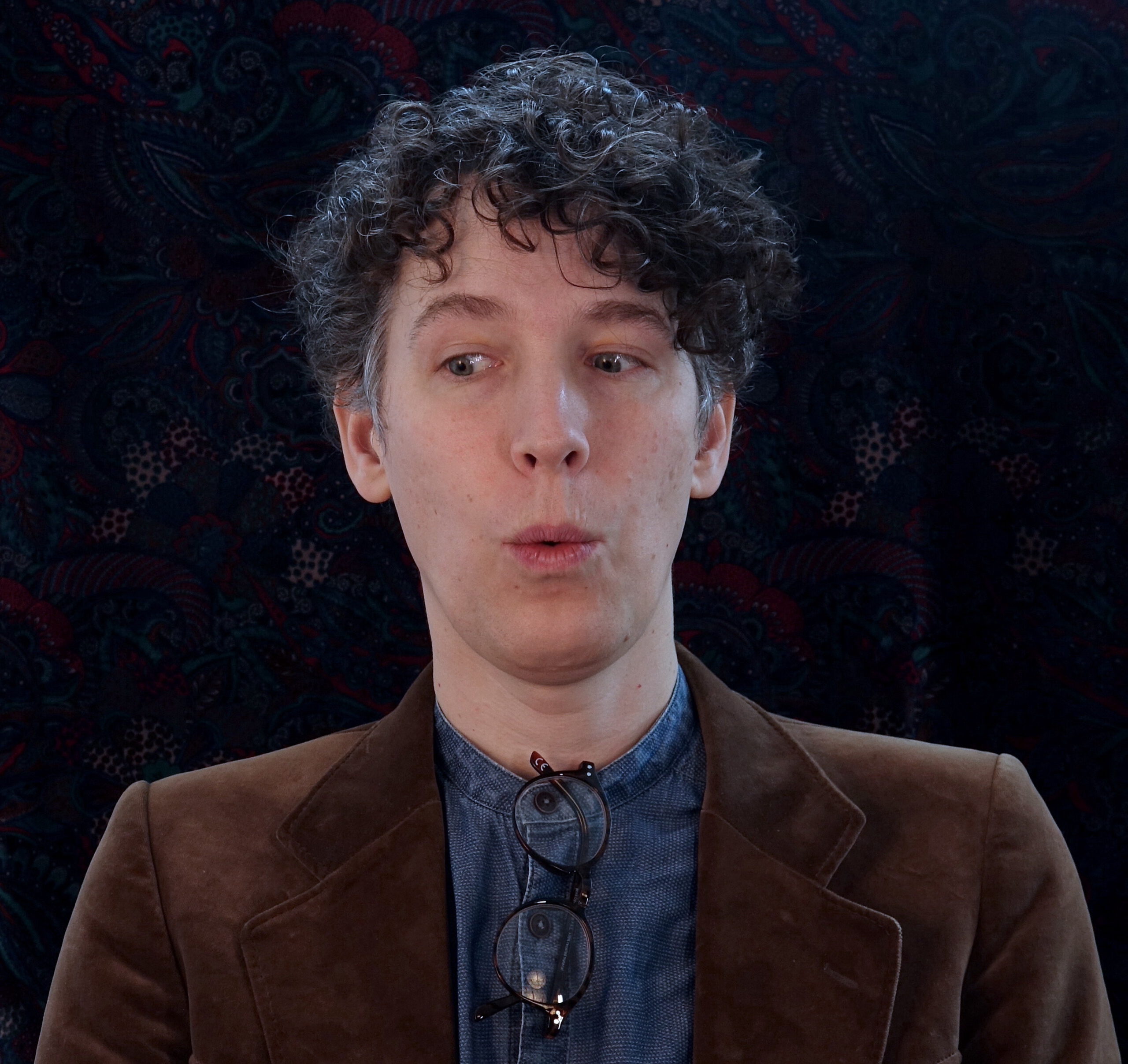Abstract: When Alan Turing questioned whether there is anything “really new”, he was responding specifically to a critique of mechanised agency by Lady Lovelace, who in her memoir on Babbage’s Analytical Engine asserts: “The Analytical Engine has no pretensions to originate anything. It can do whatever we know how to order it to perform.” In modern lingo, it’s been trained on our data and nothing more; for Lovelace there’s no ghost. Turing however turns the tables, interrogating novelty itself, treating the machine as a mirror for biological authorship; in a universe of predetermined things, the truly self-determining artist is an enigma.
Every mechanised generator in history has this potential; automata, music boxes, various puzzles and games each unpack authorship in some way. Musical canons, just to take one example, seem almost to compose themselves. “The corruption of one is the generation of the other” reads the canon inscription above the tenor part of the Qui Tollis section of Pipelare’s Missa Sine Nomine, an apt description for the genre as a whole. The singers are prompted not to sing the notes on the page, but to rework them according a set of often cryptic instructions. In this way, “really new” music emerges Ex Nihilo, obscuring the line as written and with it the authorial hand.
Like Lovelace, we readily acknowledge the presence of design here; Pinocchio’s strings are still visible. But human action is far more cryptic and opaque. The labyrinth of influences on biological artistry is a black box, one that hides our own strings, looks an awful lot like agency, and encourages us to project willed intent into non-living systems. The machine is a mirror. It says: authorship is indebted to encryption.
Expected November 2025
